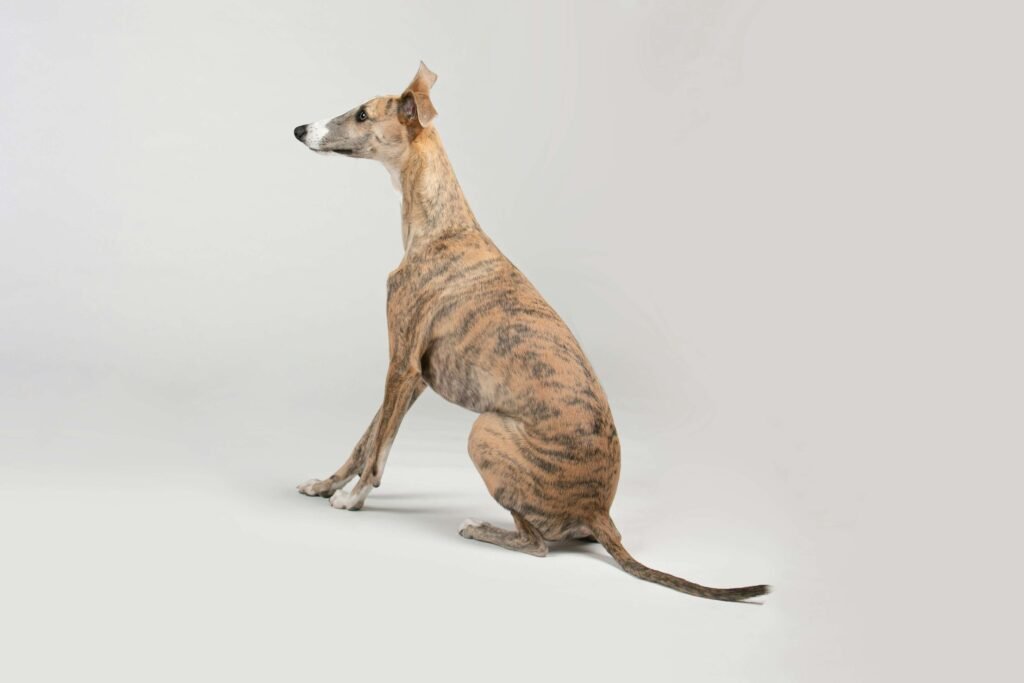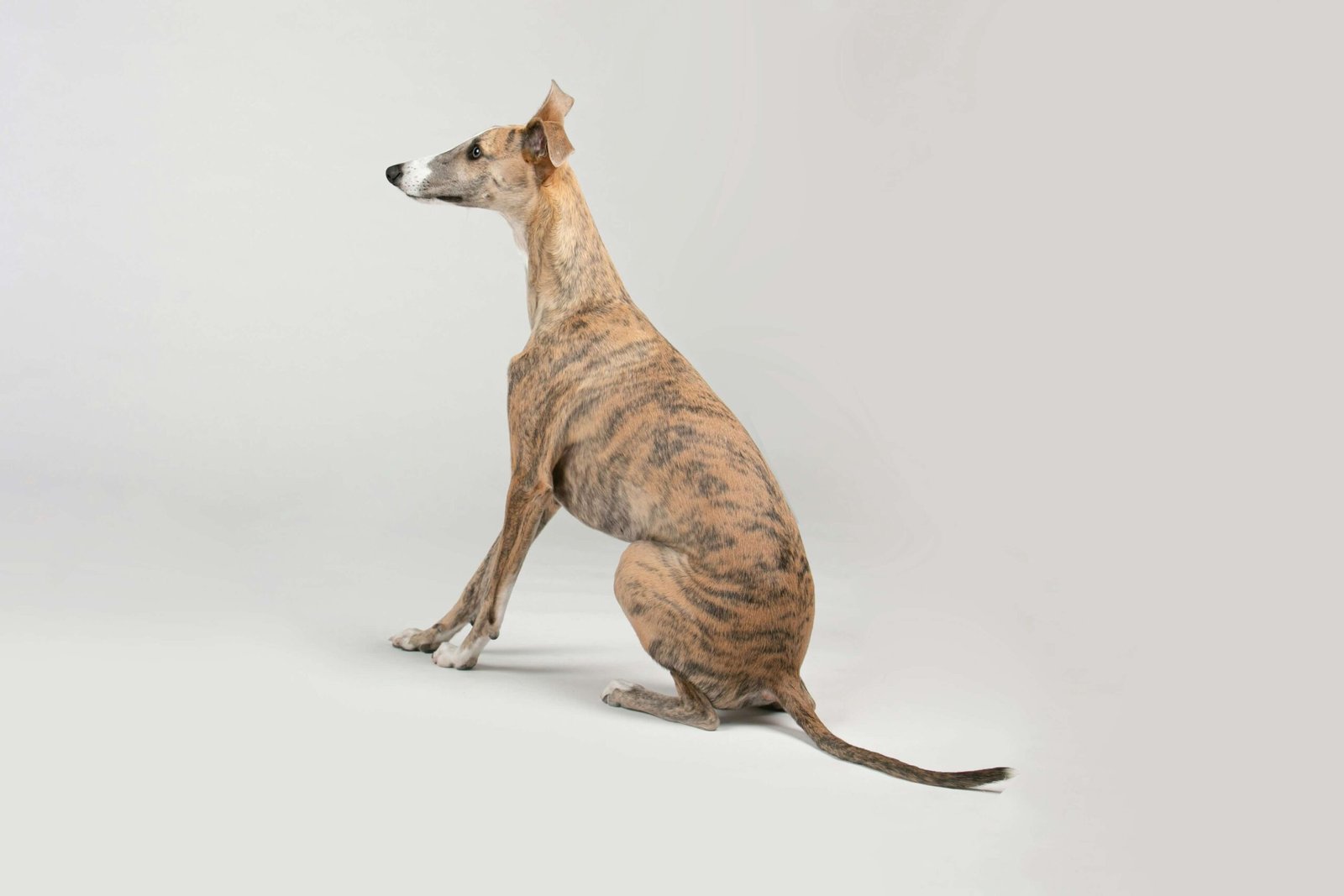Understanding Female Dog Anatomy: A Comprehensive Guide
When it comes to understanding our furry companions, knowledge about their anatomy can be incredibly empowering. Female dog anatomy is a fascinating subject that goes beyond mere curiosity—it’s essential for responsible pet ownership. Whether you’re a seasoned dog owner or a first-time puppy parent, learning about the unique features of a female dog’s body will help you provide better care and recognize potential health concerns early on. In this blog post, we’ll delve into the intricacies of female dog anatomy, breaking down each component in an easy-to-understand manner.
Key Components of Female Dog Anatomy
The female dog’s anatomy is composed of several key systems and structures that work together seamlessly. Understanding these components is crucial for maintaining her health and well-being. Below are some of the most important aspects to consider:
The reproductive system plays a central role in a female dog’s physiology.
Mammary glands are essential for nurturing puppies during lactation.
The urinary system ensures waste removal and fluid balance.
Hormonal regulation governs reproductive cycles and overall health.
The skeletal structure supports mobility and posture.
These elements form the foundation of a female dog’s physical makeup, each contributing uniquely to her overall functionality and vitality.
Unique Features of the Female Dog Reproductive System
The reproductive system is one of the most distinctive parts of female dog anatomy. It not only enables reproduction but also influences her behavior and health. Here’s a closer look at its unique features:
The ovaries produce eggs and hormones like estrogen and progesterone.
The uterus serves as the site for embryo implantation and fetal development.
The vagina acts as the birth canal and facilitates mating.
The vulva protects internal reproductive organs from infections.
Heat cycles occur approximately twice a year, signaling fertility periods.
Understanding these features helps owners identify normal behaviors versus signs of potential issues such as infections or hormonal imbalances.
Check this guide 👉Understanding Dog Stomach Anatomy: Best 7 Health Tips!
Check this guide 👉Understanding Dog Muscle Anatomy: Best 7 Health Tips!
Check this guide 👉Dog Eye Anatomy: Best 7 Expert Tips!

Feature | Function |
|---|---|
Ovaries | Produce eggs and regulate hormones |
Uterus | Supports embryo implantation and fetal growth |
Mammary Glands | Provide milk for nursing puppies |
Vulva | Protects internal reproductive structures |
Urinary Bladder | Stores urine before excretion |
Common Health Concerns Related to Female Dog Anatomy
Like any living being, female dogs are prone to specific health issues related to their anatomy. Being aware of these conditions allows for timely intervention and treatment. Here are some common concerns:
Pyometra is a life-threatening infection of the uterus requiring immediate attention.
Mammary tumors can develop due to hormonal imbalances or genetic predispositions.
Urinary tract infections often result from bacterial contamination.
False pregnancies mimic real ones, causing behavioral changes and discomfort.
Vaginal hyperplasia occurs when tissue swells during heat cycles.
Regular veterinary check-ups are vital to detect and address these conditions promptly.
Tips for Maintaining Female Dog Health
Preventive care is key to ensuring your female dog remains healthy and happy. By incorporating simple practices into her routine, you can significantly reduce the risk of complications. Consider the following tips:
Schedule annual vet visits for comprehensive health assessments.
Spaying can prevent reproductive diseases and unwanted litters.
Maintain proper hygiene by cleaning her genital area regularly.
Provide a balanced diet rich in nutrients to support overall wellness.
Monitor heat cycles closely to avoid accidental breeding.
Taking proactive steps enhances your dog’s quality of life while strengthening your bond with her.
External Features of Female Dog Anatomy
The external anatomy of a female dog includes several visible features that play vital roles in her daily life and overall health. These structures are not only functional but also provide insight into her well-being. Below are some key external features:
The vulva serves as the external opening to the reproductive tract.
Teats or nipples are located along the abdomen and connect to mammary glands.
The perineal area surrounds the anus and vulva, requiring regular cleaning.
Skin and coat protect internal organs and regulate body temperature.
Paw pads aid in movement and sensory perception.
Understanding these external features helps owners monitor their dog’s health and detect abnormalities early.
Hormonal Influences on Female Dog Behavior
Hormones significantly impact the behavior and physiological processes of female dogs. These chemical messengers regulate everything from reproduction to mood. Here’s how hormones influence your dog:
Estrogen prepares the body for ovulation during heat cycles.
Progesterone supports pregnancy and maintains uterine health.
Prolactin stimulates milk production after giving birth.
Testosterone, though present in smaller amounts, affects aggression and dominance.
Cortisol levels can rise during stress, affecting behavior and immunity.
Recognizing the role of hormones allows owners to better understand their dog’s actions and needs.
Care Tips for Female Dogs During Heat Cycles
Heat cycles are a natural part of a female dog’s life, but they require special attention to ensure comfort and hygiene. Owners should be prepared to provide extra care during this time. Here are some practical tips:
Keep your dog indoors to prevent unwanted mating attempts.
Use doggy diapers to manage discharge and maintain cleanliness.
Avoid bathing too frequently to prevent irritation of sensitive areas.
Provide plenty of water to stay hydrated during hormonal changes.
Monitor her behavior for signs of distress or discomfort.
By following these tips, you can help your dog navigate her heat cycle with minimal stress and maximum comfort.
Frequently Asked Questions About Female Dog Anatomy
What is a heat cycle?
A heat cycle refers to the period when a female dog is fertile and capable of reproducing. It typically lasts around three weeks and occurs twice a year.
How do I know if my dog has a urinary tract infection?
Signs include frequent urination, blood in urine, and excessive licking of the genital area. Consult your vet if you notice these symptoms.
Is spaying necessary?
While not mandatory, spaying offers numerous benefits, including reduced cancer risks and prevention of pyometra.
Why does my dog have swollen mammary glands?
Swollen mammary glands could indicate lactation, hormonal changes, or more serious issues like tumors. Seek veterinary advice for diagnosis.
Can false pregnancies harm my dog?
False pregnancies generally don’t cause harm but may lead to stress or mild discomfort. Monitoring and supportive care usually suffice.
Empowering Owners Through Knowledge
Understanding female dog anatomy empowers owners to make informed decisions about their pets’ health and happiness. From recognizing the intricacies of the reproductive system to identifying common health concerns, every piece of knowledge brings you closer to providing exceptional care. Remember, regular veterinary check-ups, preventive measures, and attentive observation are invaluable tools in safeguarding your dog’s well-being. With this guide, you’re now equipped to navigate the fascinating world of female dog anatomy with confidence and compassion.
Canned Pumpkin for Cat Diarrhea: Best 7 Expert Tips! Natural remedy to firm stools, soothe upset bellies, and support gut health safely.
Can a Cat Give You Scabies? Best 7 Expert Tips! Discover the truth about feline mites, human skin risks, and how to protect yourself—without panic.
Cat Flea vs Human Flea: Best 7 Expert Tips! Discover the truth about bites, species, and how to eliminate infestations for good.
Weird Cat Behaviors: Best 7 Expert Tips! Discover why cats do strange things—and how to understand, not punish, their instincts for a happier home.





